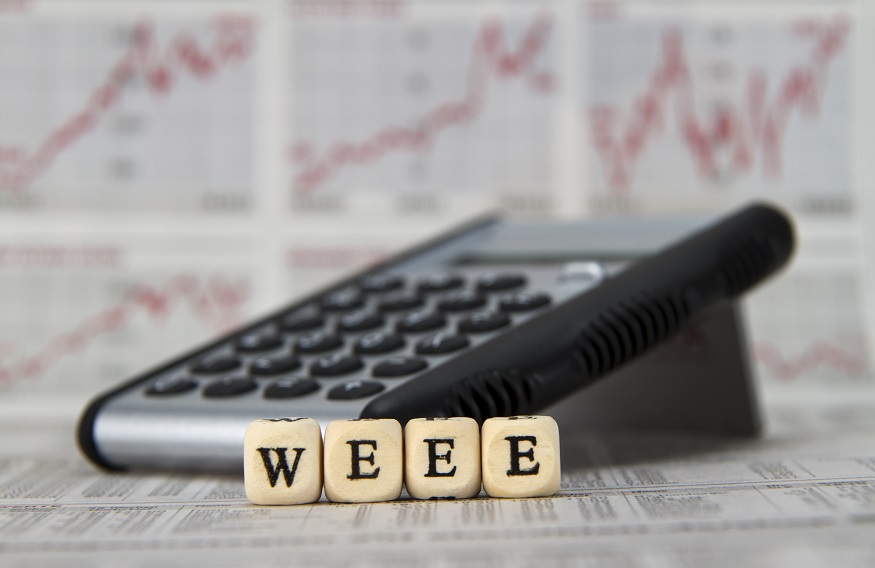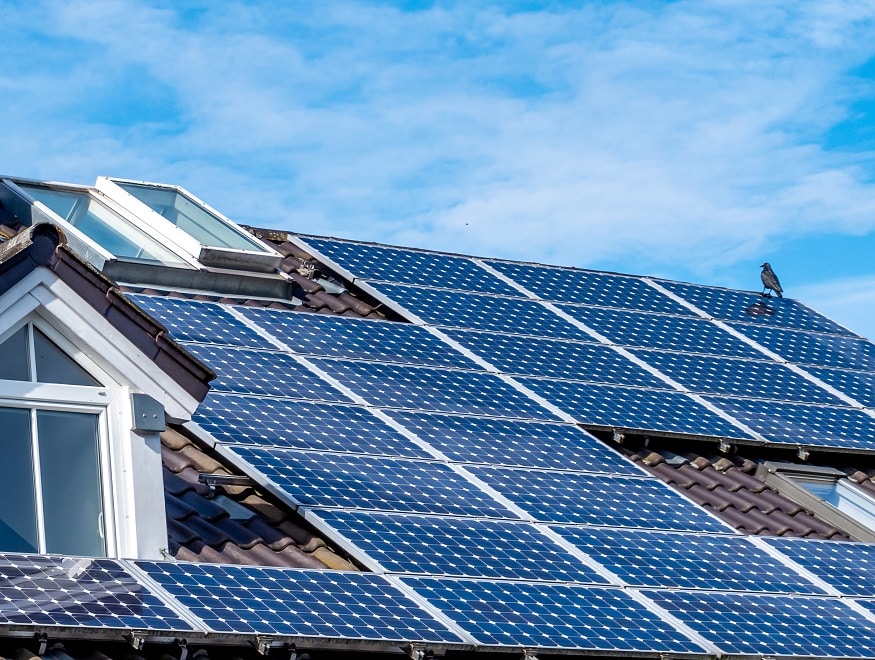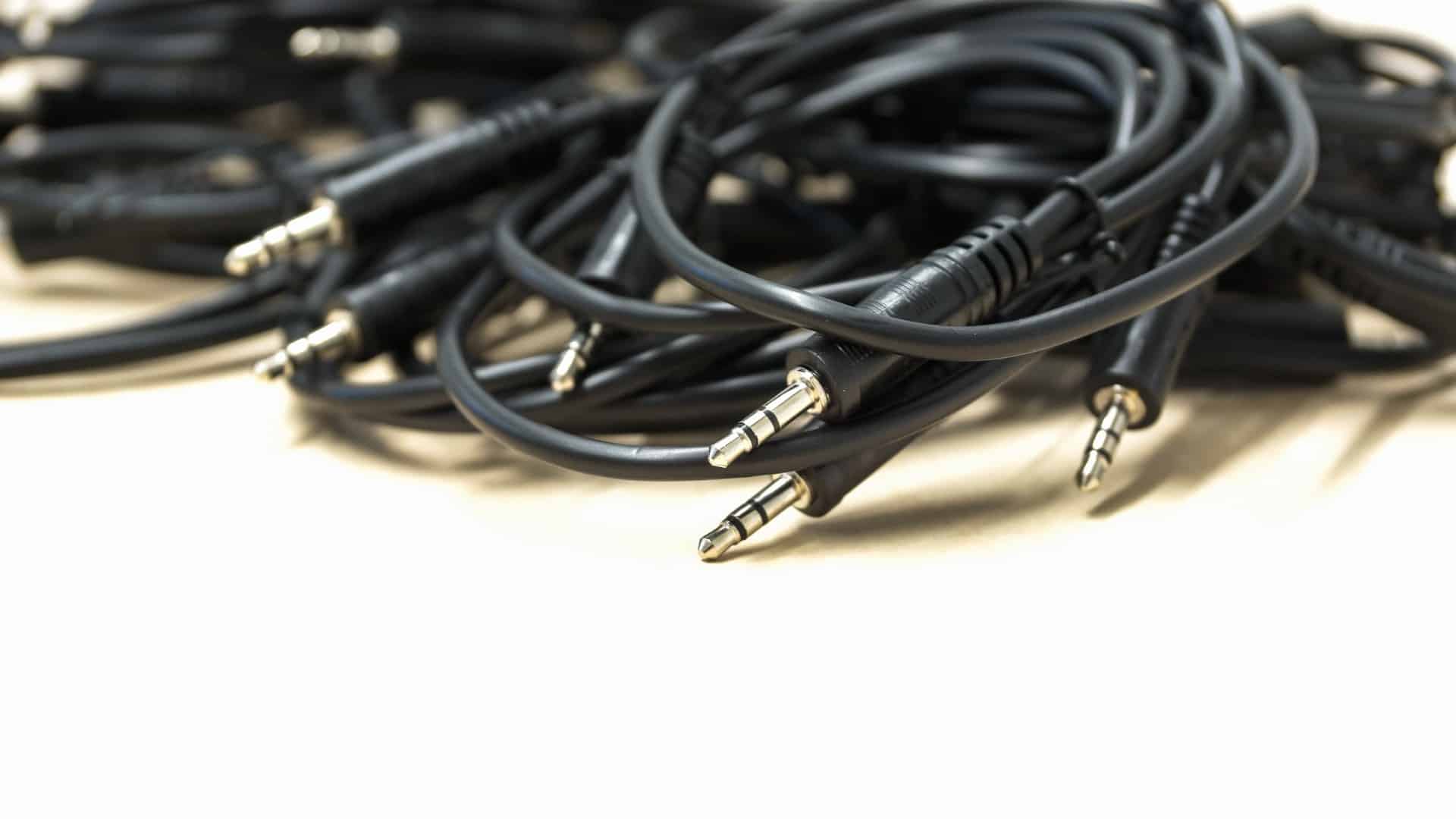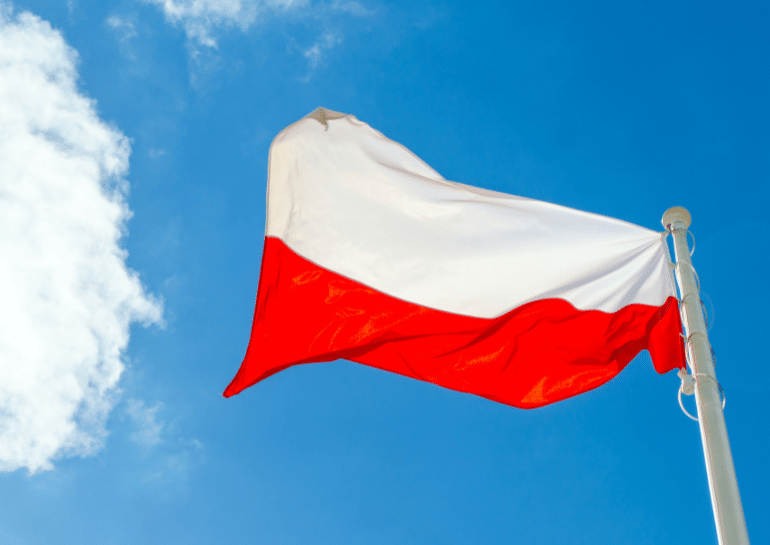WEEE number – step by step to apply for it
Importers, manufacturers and distributors of electronic equipment are bound by a wide range of directives and regulations worldwide. This also includes the application for a WEEE number, which sometimes seems to present companies with an almost insurmountable task. As a service provider in the field of environmental compliance, we would like to shed light on this problem area and clear the fog for you on the topics of the WEEE directive and registration, WEEE number and electronics law (ElektroG for short).
In this respect, we define all the necessary technical terms for you below and explain all the relevant legal standards so that we can then provide you with detailed step-by-step instructions on how to apply for your very own WEEE number.
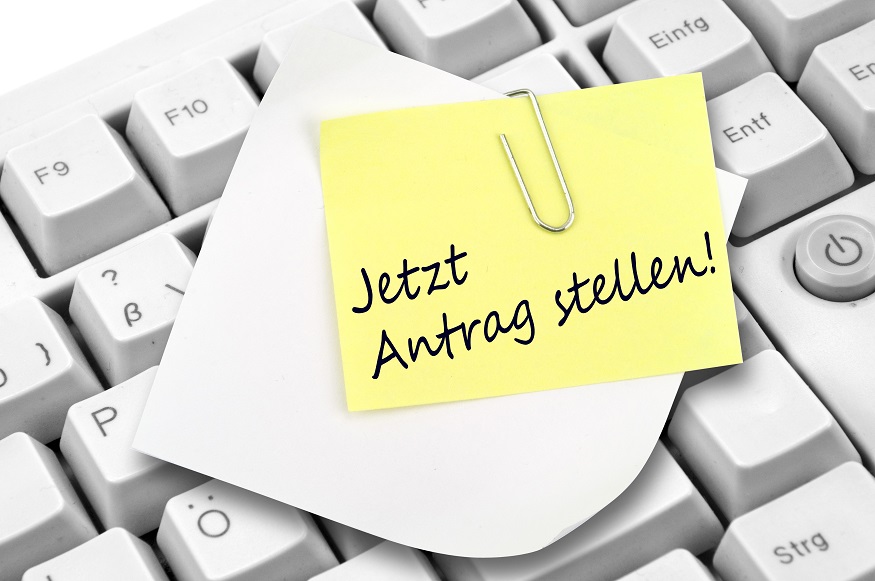
What is the WEEE Directive?
Corporate environmental protection is increasingly moving to the forefront of social discourse, which does not really come as a surprise considering current political events. Scientists and experts who have established themselves in this field have been warning about the possible effects of climate change for years.
But what does the WEEE number (WEEE No. for short) have to do with it? The efforts that each and every one of us puts in to minimise the damage of global warming are extremely noble, but without the involvement of large corporations, they are merely a drop in the ocean. This is one of the reasons why the ElektroG was developed. This represents the implementation of the WEEE Directive. WEEE stands for Waste Electrical and Electronic Equipment. This can be roughly translated as “electrical waste” or “electronic scrap”. The name is therefore to a certain extent indicative of the meaning of the WEEE Directive. The ElektroG, which is based on the WEEE Directive, aims to ensure the proper disposal and recycling of electronic equipment by manufacturers, dealers and importers or the so-called “initial distributors”.
What is a WEEE number and what is it used for?
The ElektroG only allows companies to sell electronics if they are registered with the Stiftung Elektro-Altgeräte-register (ear) and also have a WEEE number. All manufacturers of electrical and electronic equipment who wish to distribute their products on the German market must register with the ear foundation. This is to ensure that all distributors of electrical and electronic equipment fulfil their product responsibility and take back the items they specifically put into circulation. The generally applicable registration obligation results in a public WEEE number register. This provides a high degree of transparency for third parties. Furthermore, the register eliminates the risk of a warning under the ElektroG, which means that the market regulates itself.
But who is considered a producer? A manufacturer in the legal sense is any natural or legal person who sells electronics in Germany under his own name or trademark. In addition, anyone who puts an electrical appliance into circulation in Germany for the first time, sells it directly as an end-user in Germany using remote communication technology and has a registered office in a Member State of the EU or a third country is considered a (quasi-)manufacturer.
The WEEE number is a manufacturer’s number that is issued to first-time circulators of electronics after successful registration with the ear foundation. It is composed of a shop abbreviation and an eight-digit number sequence. A WEEE number looks something like this: WEEE Reg. No. DE 12345678. According to the ElektroG, distributors, manufacturers and importers of electrical equipment must indicate their WEEE number when selling products and on invoices. Conversely, you are not entitled to place your electronic equipment on the market in Germany if you are not registered with the ear and therefore do not have a corresponding WEEE number. According to § 3 I ElektroG, the WEEE number is therefore an indispensable obligation for every manufacturer of electronic equipment. Before this, the sale of electronic equipment is simply not possible. It is therefore advisable to apply for registration with the ear foundation and thus also for a corresponding WEEE number at an early stage.

WEEE Recycling and sustainability Directive
Apply for a WEEE number – step by step
If the result of your WEEE registration was positive, the subsequent registration process follows the steps below:
- At first, a user account will be created for you in the online portal of the ear Foundation. Here you enter the company data as well as any contact persons.
- Then you enter the specific registration data. This includes the brand, type of device and the constructional and technical properties of the device.
- Then you enter the warranty of the device.
- Finally, upload the remaining relevant documents. This means picture and brochure material.
After approx. 8-10 weeks, you can expect to receive information on the outcome of the procedure. To ensure that the WEEE registration also runs smoothly, you receive your WEEE number and can immediately start selling your products, the Deutsche Recycling is at your side throughout the entire registration process as a sound partner in the field of WEEE Full Service.
What does a WEEE number cost?
The registration itself incurs costs for each manufacturer, each brand and each type of device. Additional fees may arise, including:
- Costs for providing evidence of insolvency-proof guarantees for B2C products
- Costs for checking the prima facie evidence
- Costs for any changes to the registration data
- Costs in the event that an application cannot be submitted via the electronic online portal
- Costs for the appointment of an authorised representative
If you have any further questions, please feel free to contact us at any time. We look forward to answering your questions as soon as possible.

